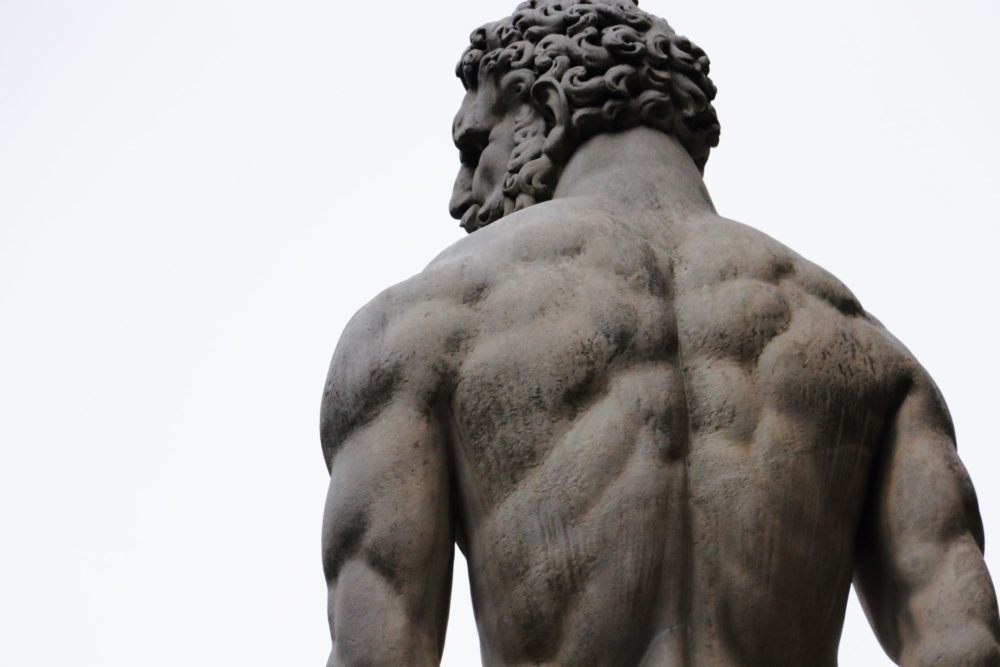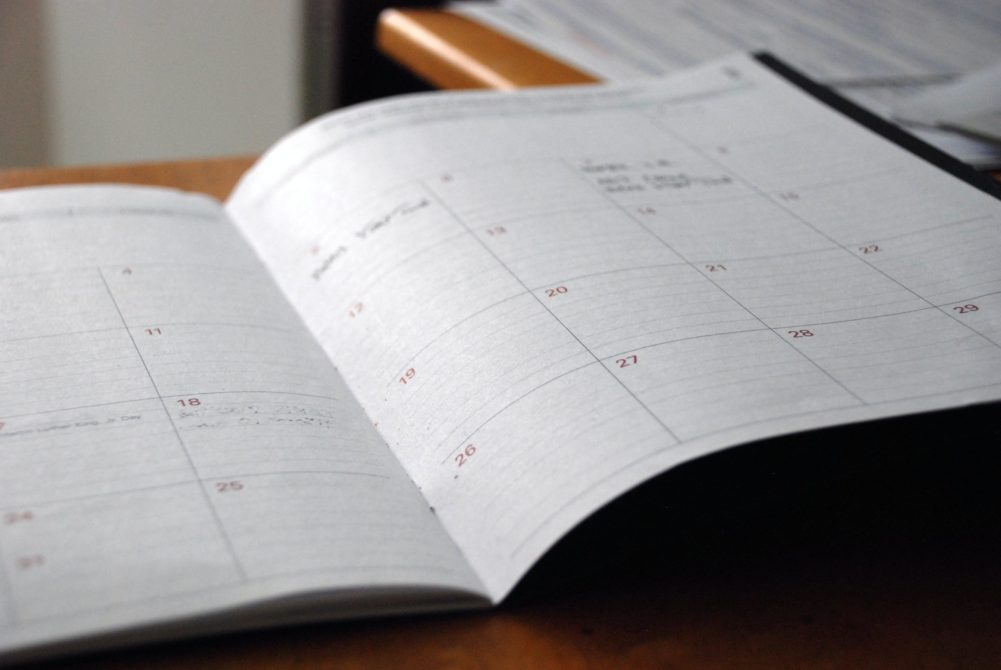
Why Am I So Sore?
Why am I so sore after a rowing workout!?!
Okay, show of hands – how many of you have woken up the day after a workout and had to walk like John Wayne to the bathroom before realising the stiffness in your legs isn’t going away and you’re going to have fun negotiating stairs or the toilet for the foreseeable future!
Don’t panic, we’ve all been there. To put your mind at ease this week we are looking at exactly why we get that muscle soreness after a training session.
DOMS, or Delayed Onset of Muscle Soreness, is a phenomenon whereby immediately after training at intensities producing overload you will not feel any ill-effects. However, the next morning or after around 24 hours you will feel stiffness in your muscles and all movements become painful, and 48 hours after the training session you will feel even stiffer and in more pain. By the third day this pain will have started to subside until you train to overload again.
Time for the science!
DOMS is caused by both aerobic endurance training and resistance training but the increased overload produced by resistance usually causes an increased effect. (*Note, that’s not to say if you are new to rowing and only row for 5mins you won’t experience this. If those 5 mins are longer than you have rowed before then you may get some level of effect from this.)
Why does DOMS occur?
First, overload in the muscle produces micro-tears or damage to the areas trained. This muscle damage leads to inflammation or pressure changes in the muscle owing to the flow of fluid to the area. This inflammation increases over a period of 48-72 hrs and the inflammation or fluid accumulation means there is more pressure on the nerves, resulting in more pain.
The inflammation and increased blood flow are the body’s mechanisms for repairing the damaged muscle tissue, so they are part of the natural process, however unpleasant it may be. DOMS can be reduced by taking ice baths or ice treatments but this may compromise the quality of recovery.
The degree of soreness is related to the type of training conducted. Eccentric muscle contractions – when you are lowering a resistance against gravity – will produce more muscle soreness than concentric contractions. Things like downhill running compared to level running, create a far greater amount of DOMS as the body is having to rapidly decelerate the legs against acceleration due to gravity.
As the muscles heal, they will become stronger and more resistant to the damage in the future. DOMS is experienced less frequently as an individual becomes more conditioned. As uncomfortable as it may be, it is worth remembering that DOMS is your friend and will result in training gains as the muscles adapt to the stress of the training sessions put upon them.
And there you have it! Getting used to the pain / discomfort is part of the journey and the more you work on those areas that once caused you that pain, the better and more manageable it will become in the future.
Yours in fitness, education and learning to walk like a cowboy!!
Coach John
[Photo by LYFE Fuel on Unsplash]
Leave A Reply Cancel reply
No products in the cart.



1 Comment
Thank you for breaking it down, warmups, training and more! Even my posture is better. Found DHR via YouTube search in March.
Life Changing ❤ Where I live, there are very few resources for this level of training and my interest. I kayak when I can and DHR has improved my outings